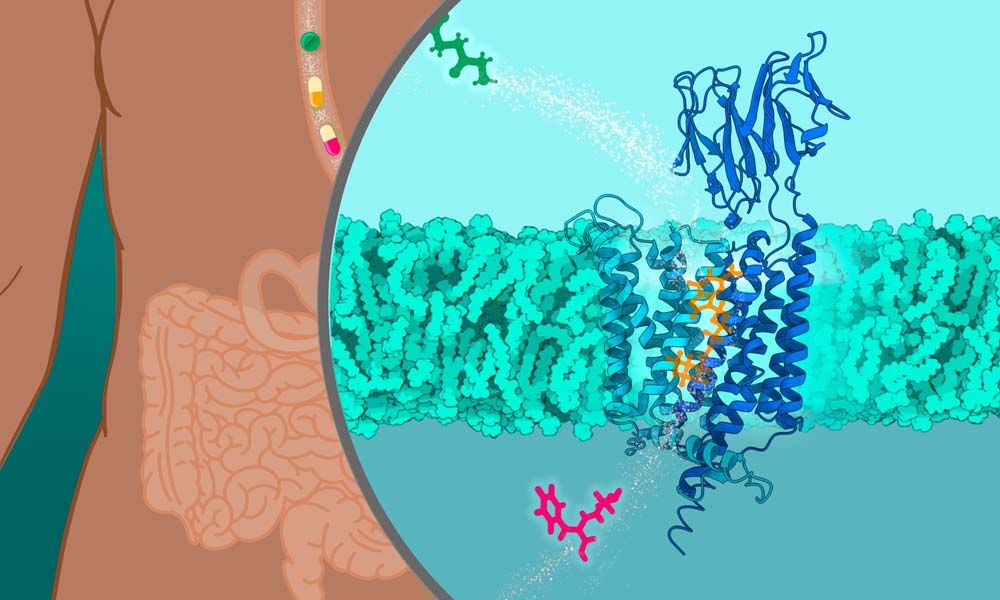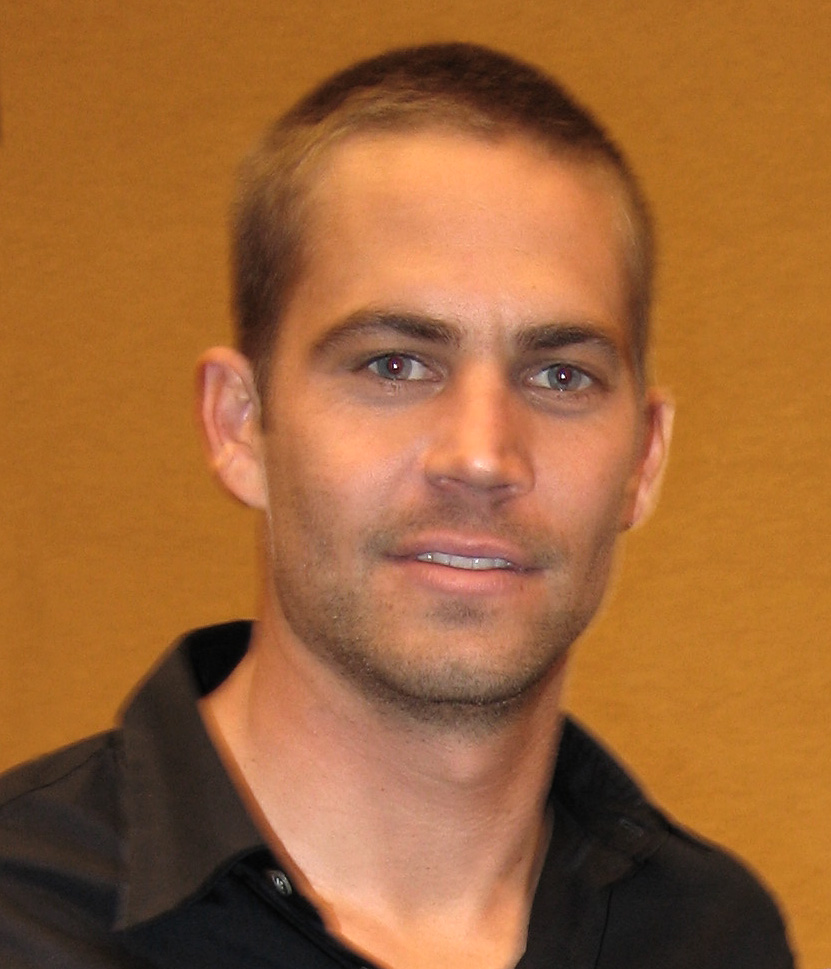
Life’s final curtain call sometimes falls before an actor’s last film even reaches audiences, creating a unique, often bittersweet, chapter in cinematic history. When talent leaves this world too soon, the silver screen becomes a fascinating time capsule, preserving their final performances like precious artifacts of creative expression.
These posthumous releases often carry an extra emotional weight, transforming what might have been ordinary films into poignant farewells. They offer fans one last chance to experience the magic these performers brought to the screen, sparking a renewed appreciation for their artistry and resilience. It’s a testament to their dedication, and to the ingenuity of filmmakers, that these stories get told.
So, let’s embark on a journey through some of the most compelling and often heart-wrenching final acts in Hollywood, where the show, quite literally, went on. We’ll uncover the intriguing stories behind 14 iconic actors whose last roles were nothing short of masterful, leaving an indelible mark on their legacies and on our hearts.

1. **Heath Ledger’s Unfinished Fantasy**
At the tender age of 28, the world mourned the accidental overdose of Heath Ledger in January 2008. This sudden tragedy left Terry Gilliam’s imaginative fantasy film, *The Imaginarium of Doctor Parnassus*, devastatingly incomplete. The project seemed to hang in the balance, a potential casualty of an unforeseen and profound loss.
However, rather than abandoning the film, Gilliam made an inspired and truly unique creative decision. He enlisted the talents of Johnny Depp, Jude Law, and Colin Farrell to step in and portray transformed versions of Ledger’s character during the film’s fantastical, dreamlike sequences. It was a solution as unconventional and boundary-pushing as Ledger’s own acting style.
This unusual approach not only managed to salvage the film from being lost to time but also crafted a deeply fitting tribute to Ledger’s extraordinary and boundary-pushing artistry. Each actor embodied a facet of his character, creating a collaborative performance that honored his original vision and presence.
When the film premiered at Cannes in May 2009, it did more than just mark a cinematic release; it powerfully cemented Ledger’s legacy. This performance stood proudly alongside his Oscar-winning turn as the Joker, further highlighting his fearless range and the tragic loss of a generational talent.
Read more about: Gone Too Soon: 14 Celebrities Who Left Us in Their Prime and Why Their Legacies Endure
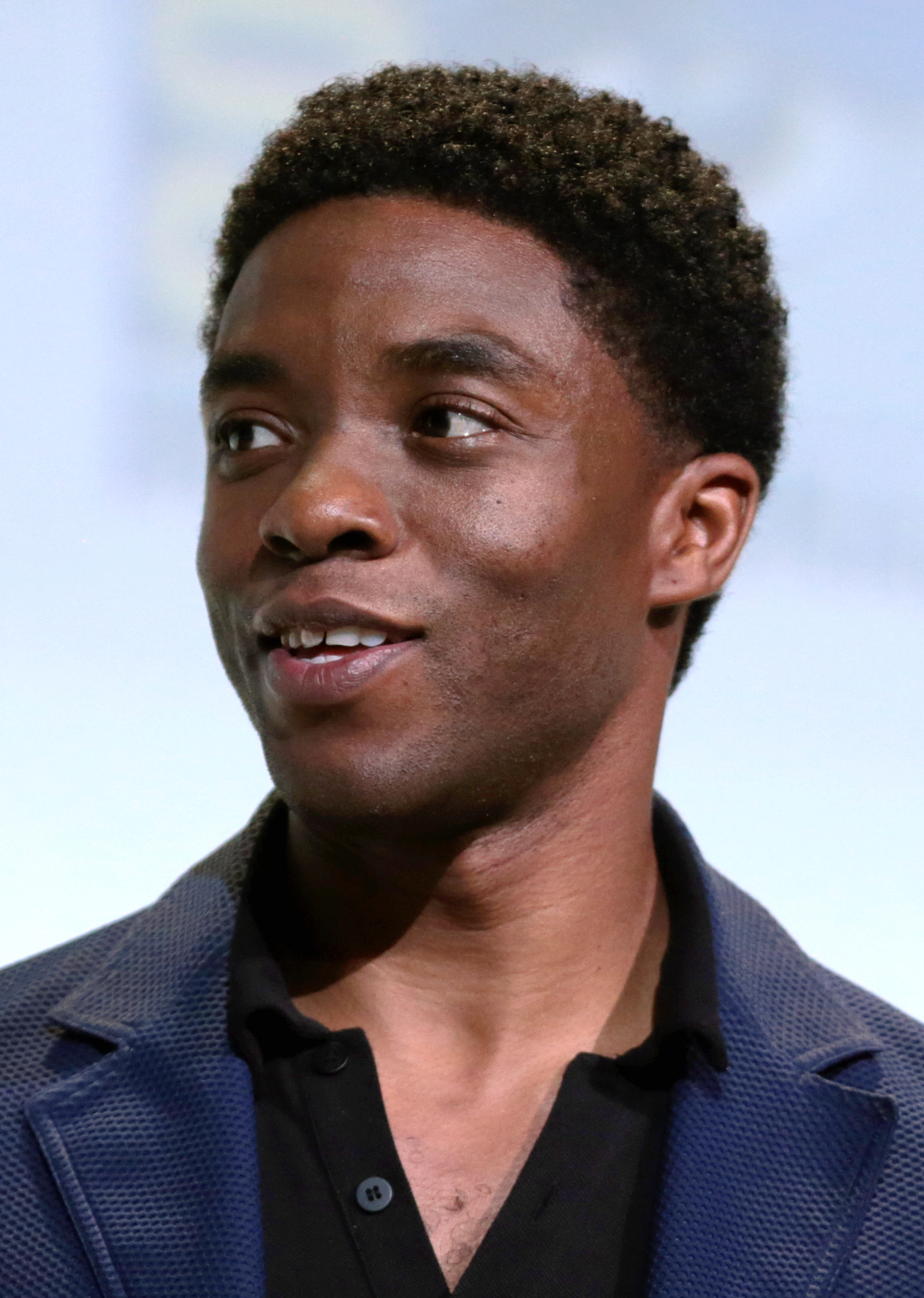
2. **Chadwick Boseman’s Final Trumpet Call**
Few people outside his inner circle knew the quiet, grueling battle Chadwick Boseman was fighting against cancer while filming his final, searing role. He embodied the ambitious trumpeter Levee Green in *Ma Rainey’s Black Bottom*, a performance that would become a profound and heartbreaking farewell.
His visibly gaunt appearance in the film, which was initially, and unfairly, criticized by uninformed viewers, eventually revealed the true, heroic extent of his private struggle. It was a testament to his professionalism and commitment that he poured so much into the role while enduring such personal pain.
Released on Netflix in November 2020, just months after his passing in August, the film shone as a powerful showcase of Boseman’s extraordinary commitment to his craft. His searing monologues, delivered with palpable intensity, spoke volumes about racial injustice and thwarted dreams, gaining a heartbreaking, almost prophetic, resonance in light of his own premature end.
The sheer power of his performance earned him a posthumous Golden Globe award, among other accolades. It solidified his legacy as an artist who, even in his final moments, gave everything to his art, leaving us with a towering performance that will be remembered for generations.
Read more about: The Warrior’s Last Bow: How Chadwick Boseman at 43 Taught Us to Fight to the Very End
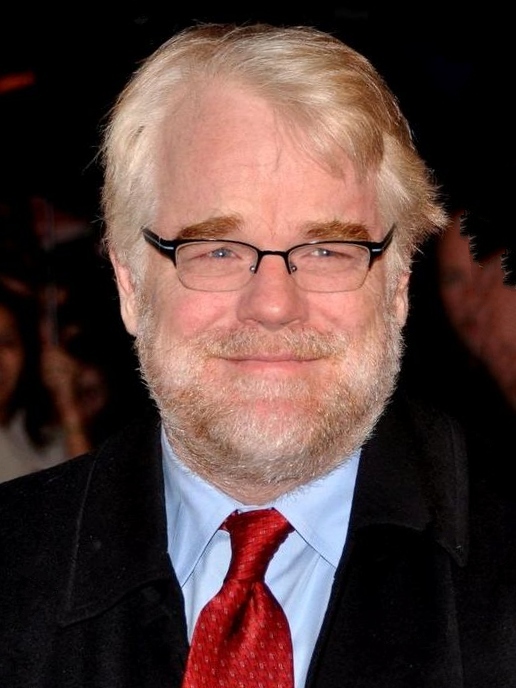
3. **Philip Seymour Hoffman’s Rebellion Concludes**
Philip Seymour Hoffman’s sudden and tragic death from a drug overdose in February 2014 sent shockwaves through Hollywood. It also left the filmmakers of *The Hunger Games: Mockingjay – Part 2* in a truly difficult and unprecedented position, facing the challenge of completing a major blockbuster without one of its key players.
While the acclaimed actor had completed the vast majority of his scenes as the gamemaker-turned-revolutionary Plutarch Heavensbee, several crucial moments remained unfilmed. The dilemma was immense: how to respectfully and effectively conclude his character’s arc without compromising the film’s integrity?
Rather than recasting the role, a decision that could have felt jarring, director Francis Lawrence made the sensitive choice to rework the script. A key scene originally featuring Plutarch was ingeniously rewritten, transformed into a powerful letter read by Haymitch, played by Woody Harrelson. This allowed Hoffman’s presence to be preserved, even in his absence.
When the film was released in November 2015, it stood not just as an installment in a popular franchise, but as a poignant testament to Hoffman’s understated brilliance and profound versatility. It was a final, quiet bow from an actor whose depth and authenticity enriched every role he touched.

4. **Paul Walker’s Emotional Fast Farewell**
The tragic irony was not lost on anyone following the news: Paul Walker, the beloved star of the high-octane *Fast & Furious* franchise, died in a high-speed car crash in November 2013. The devastating accident occurred while *Furious 7* was still mid-production, presenting Universal Pictures with an unprecedented and deeply sensitive challenge.
The studio faced the monumental task of completing his story respectfully, not just for the narrative but for his grieving co-stars and fans. It was a tightrope walk between honoring his memory and finishing a multi-million dollar production.
In an incredibly touching and ingenious solution, Walker’s brothers, Caleb and Cody, stepped in to serve as body doubles for his remaining scenes. Digital effects artists then meticulously and carefully recreated his face, blending it seamlessly onto his brothers’ performances. The result was so natural that many viewers couldn’t distinguish the digital work from the original footage, a true testament to the technology and the team’s dedication.
Ultimately, the film’s ending was rewritten, transformed into a beautiful and heart-wrenching sendoff. Walker’s character, Brian O’Conner, was shown literally driving off into the sunset, as Vin Diesel delivered a tearful and heartfelt monologue about family, brotherhood, and the enduring bonds that transcend even death. It was a fitting, emotional farewell for a beloved star.
Read more about: Beyond the Final Curtain: 14 Beloved Stars Whose Last Roles Left an Indelible Mark on Hollywood
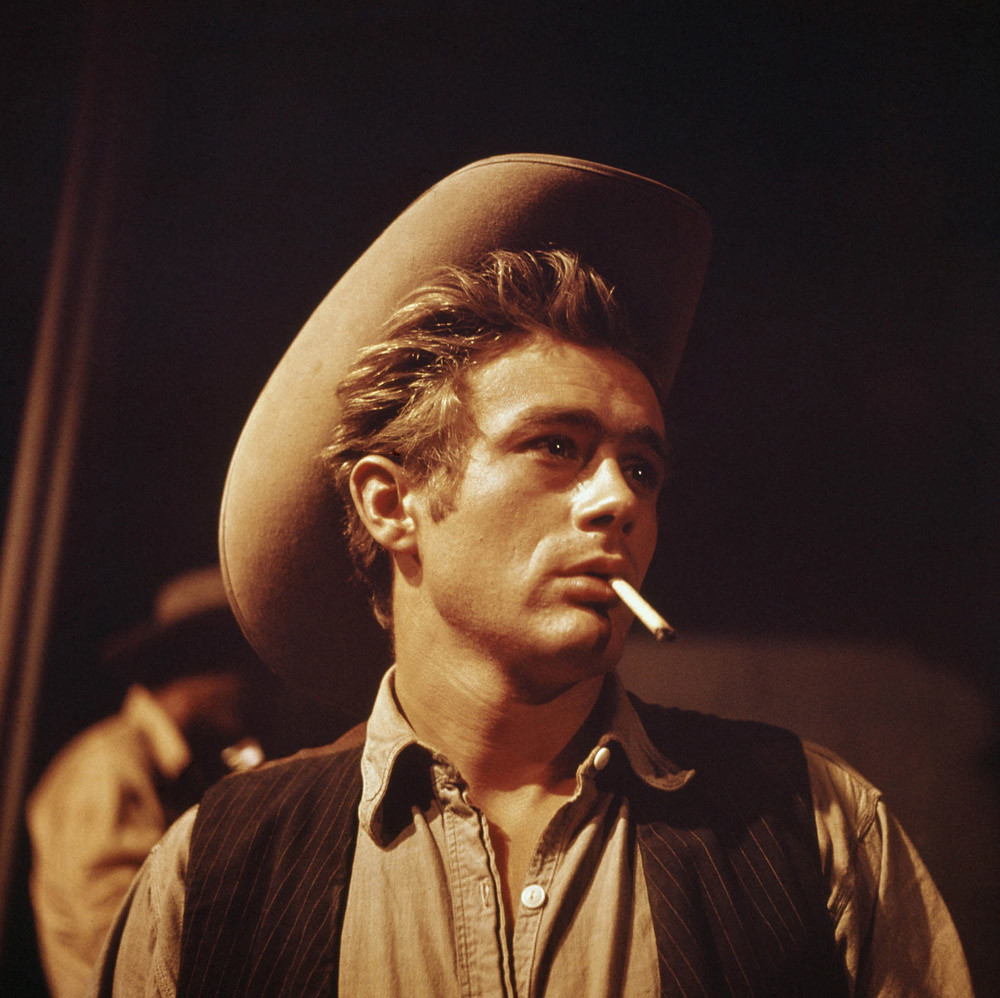
5. **James Dean’s Towering Last Performance**
In what has become an enduring narrative of Hollywood tragedy, 24-year-old James Dean crashed his Porsche Spyder in September 1955. His untimely death occurred just after he had completed filming his role as the brooding Jett Rink in the epic Texas oil drama *Giant*, a film co-starring screen legends Elizabeth Taylor and Rock Hudson.
Warner Brothers, facing the profound loss of their rising star, delayed the film’s release. It finally premiered in November 1956, more than a year after Dean’s death, allowing a grieving public to witness his final, powerful performance.
Dean’s transformation in *Giant*, from a poor, quiet ranch hand to a bitter and intensely ambitious oil tycoon, showcased an impressive and previously unseen range. Audiences were left to ponder the incredible depth of talent that they would now never see develop further, a career cut short just as it was reaching its zenith.
His work in *Giant* earned him the distinction of becoming the first actor to receive a posthumous Academy Award nomination. This honor, combined with his iconic earlier roles, cemented a legacy that endures nearly seven decades later, forever casting him as the perpetual symbol of youthful rebellion and misunderstood genius.

6. **Carrie Fisher’s Digital Star Wars Farewell**
Carrie Fisher’s unexpected death in December 2016 created a major and deeply emotional storytelling problem for the creators of the final *Star Wars* trilogy. Her iconic character, General Leia Organa, remained absolutely central to the saga’s planned conclusion in *The Rise of Skywalker*, leaving filmmakers with a profound void to fill.
Director J.J. Abrams, determined to honor Fisher’s memory and her unparalleled contribution to the franchise, firmly refused to recast the role or to create a fully digital version of Fisher, opting instead for a more respectful and authentic approach. He understood the immense emotional weight her presence carried for millions of fans.
Instead, in a stroke of ingenious creativity, Abrams and his team repurposed unused footage from *The Force Awakens*. They meticulously wrote new scenes and story beats around this existing material, carefully weaving Fisher’s actual performances into the narrative of the concluding film, ensuring her genuine presence.
When *The Rise of Skywalker* was released in December 2019, Fisher’s final appearance provided a deeply moving sense of closure. It was a fitting end not only for her character’s four-decade journey but also for her own profound relationship with the beloved franchise that had, in so many ways, defined her life. Adding to the emotional resonance, her daughter, Billie Lourd, appeared alongside her in several scenes, creating a poignant on-screen reunion.
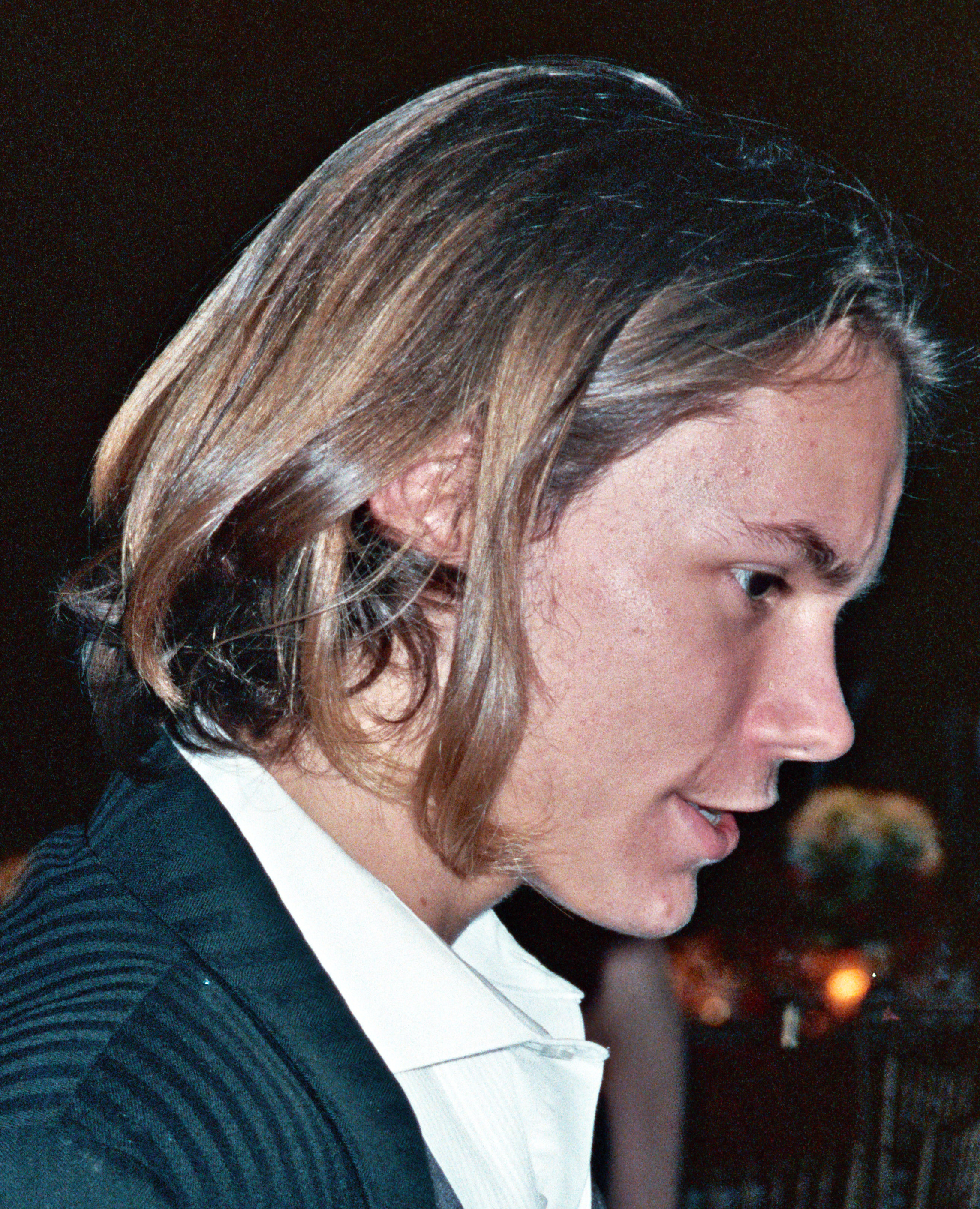
7. **River Phoenix’s Delayed Dark Blood**
River Phoenix’s sudden and tragic collapse and death outside the Viper Room in October 1993 sent shockwaves through Hollywood. The young actor had just 11 days of filming remaining on the indie thriller *Dark Blood*, leaving the project in a state of immediate and profound uncertainty.
The unfinished film, marred by this devastating loss, seemed destined to remain in legal and logistical limbo forever. It was a story destined to be untold, a performance left incomplete, a haunting reminder of what might have been for a burgeoning talent.
However, in a truly remarkable act of dedication, director George Sluizer secretly saved the footage from being destroyed, holding onto the fragments of Phoenix’s final work. Nearly two decades later, he managed to complete a version of the film, utilizing narration to bridge the missing scenes and bring the story to a coherent, albeit unconventional, conclusion.
The result finally premiered at the Netherlands Film Festival in 2012, an astonishing almost 19 years after Phoenix’s death. The film, which depicts Phoenix as a young widower living near a nuclear test site and waiting for the end of the world, carried a haunting parallel to his own premature end at just 23, making his final performance all the more poignant and unforgettable.
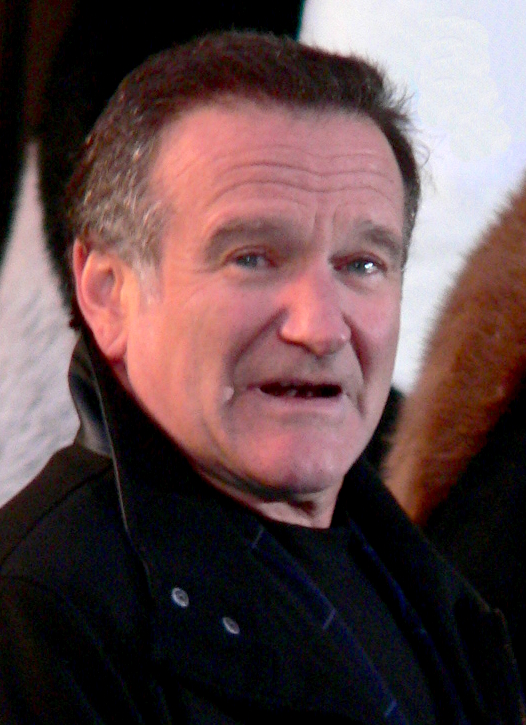
8. **Robin Williams’ Museum Night Finale**
Robin Williams’ suicide in August 2014, a loss that shook the world, transformed his final performances from mere entertainment into deeply poignant testaments to his unique genius. His last cinematic outing as the beloved Theodore Roosevelt in *Night at the Museum: Secret of the Tomb*, released just four months after his passing, became an unexpected, heart-tugging farewell to audiences who had adored him for decades.
There’s a scene in the film where Roosevelt bids a quiet farewell to Ben Stiller’s character, Larry, offering words that now resonate with an almost unbearable significance: “Smile, my boy. It’s sunrise.” These words, originally intended for a fictional character’s journey, became Williams’ own unspoken goodbye, a final, hopeful sentiment to the millions who cherished his work and mourned his departure. It’s a reminder of how art can take on new, profound meanings in the light of personal tragedy.
While the film might have been a lighthearted family comedy, its release was imbued with a deep sense of collective grief and appreciation. The movie was dedicated to both Williams and his fellow comedic legend, Mickey Rooney, who also appeared in the film and passed away earlier that year. It created a touching, if bittersweet, tribute to two titans of comedy whose final curtain calls came before their last performances reached the silver screen, ensuring their legacies would continue to inspire laughter and tears.
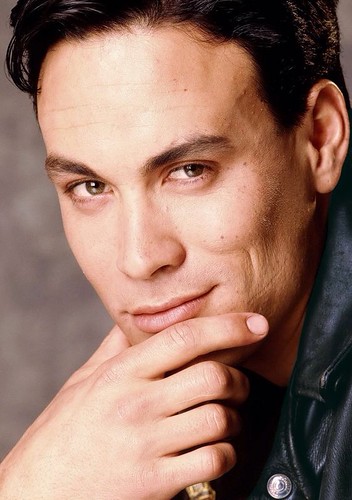
9. **Brandon Lee’s Crow Takes Flight**
Few stories in Hollywood are as tragically intertwined with their on-screen narratives as that of Brandon Lee and *The Crow*. His shocking death from an accidental gunshot wound on set in March 1993 nearly halted production entirely. The 28-year-old actor, already carrying the immense legacy of his martial arts legend father, Bruce Lee, had completed the vast majority of his scenes as Eric Draven, a resurrected rock musician seeking vengeance.
Director Alex Proyas and his team faced an unimaginable task: how to complete a major motion picture respectfully after such a devastating loss. In a remarkable display of cinematic ingenuity, they employed a clever combination of stunt doubles, intricate shadow effects, and pioneering early digital face-replacement technology to complete Lee’s remaining scenes. The film’s core theme – a man returning from the dead to complete unfinished business – took on an almost eerie, profound significance, mirroring the desperate efforts to complete Lee’s own final work.
When *The Crow* finally took flight and was released in May 1994, it transcended its genre to become a gothic cult classic. Lee’s intense and haunting performance was preserved, a powerful testament to a promising career that was tragically cut short. It remains a poignant reminder of both his potential and the dark circumstances surrounding his final, iconic role.
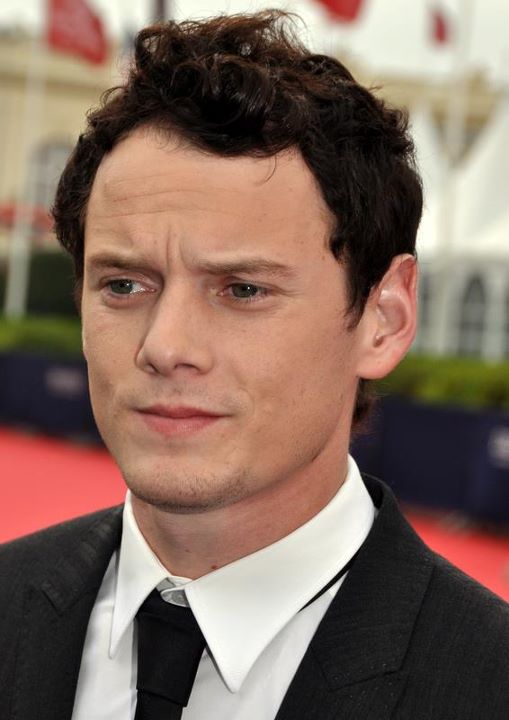
10. **Anton Yelchin’s Double Posthumous Legacy**
Anton Yelchin was a truly captivating talent, just 27 when a freak accident claimed his life in June 2016. His untimely death left behind not just grieving fans and colleagues, but also several completed projects, each awaiting their moment in the cinematic spotlight. Among these were the blockbuster *Star Trek Beyond*, where he reprised his role as Chekov, and the darkly comedic thriller *Thoroughbreds*, a film that would showcase his remarkable range.
While *Star Trek Beyond* arrived in theaters just weeks after his passing, offering a quick, painful reminder of his absence, *Thoroughbreds* had a more protracted journey, not seeing release until March 2018, nearly two years later. In *Thoroughbreds*, Yelchin delivers a compelling performance as a small-time drug dealer who finds himself disturbingly entangled with a pair of wealthy, manipulative teenagers plotting a murder. It was a role that highlighted a grittier, more complex side of his acting prowess.
His performance in *Thoroughbreds*, alongside his other final projects, underscored the incredible range and depth that had become his hallmark, making his premature death particularly cruel to the world of cinema. Five additional posthumous releases followed, extending his presence on screen and creating a bittersweet, drawn-out farewell to a talent who was truly lost far too soon, leaving us to wonder about the brilliance that would have unfolded.
Read more about: Remembering 12 Brilliant Actors We Lost Too Soon: Their Enduring Legacies and Unfinished Stories
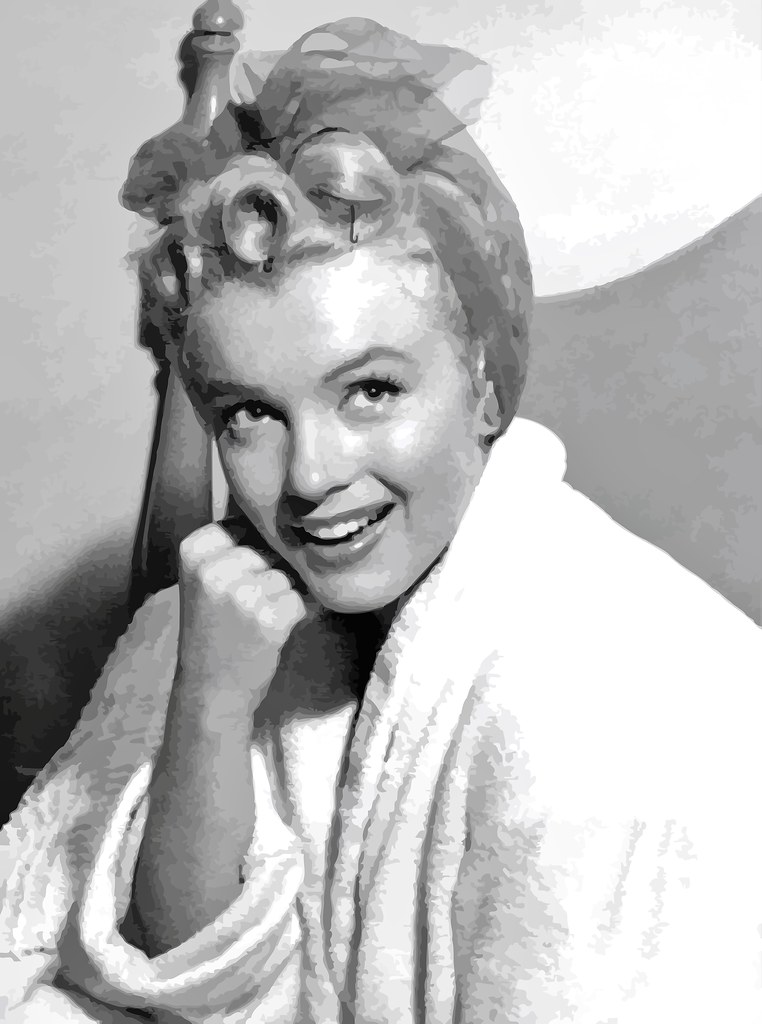
11. **Marilyn Monroe’s Unfinished Comedy**
She remains Hollywood’s ultimate icon, yet Marilyn Monroe, in a narrative as tragic as it is legendary, never completed her final film. She was famously fired from 20th Century Fox’s *Something’s Got to Give* in June 1962, a decision precipitated by her frequent absences and recurring illnesses. In the devastating aftermath of her death from an overdose that August, the studio made the difficult choice to shut down production entirely, leaving the project forever incomplete.
All that remained were tantalizing fragments: a mere 37 minutes of footage, including the now-famous and boldly liberating scene of Monroe swimming nude. For decades, this material remained largely unseen, a cinematic ghost of what might have been, until the 2001 documentary *Marilyn: The Final Days* meticulously reconstructed these pieces, offering a glimpse into the star’s last work and the ambitions for the film.
These precious fragments, despite the tumultuous backdrop of her personal struggles, reveal Monroe looking radiant and utterly captivating on screen. It stands as a beautiful, yet heartbreakingly incomplete, finale to a career that was, in so many ways, defined by the fascinating and often painful chasm between her luminous screen persona and the profound private pain she endured. It’s a powerful reminder that even the brightest stars can flicker out before their final act is truly complete.
Read more about: Beyond the Final Curtain: 14 Beloved Stars Whose Last Roles Left an Indelible Mark on Hollywood
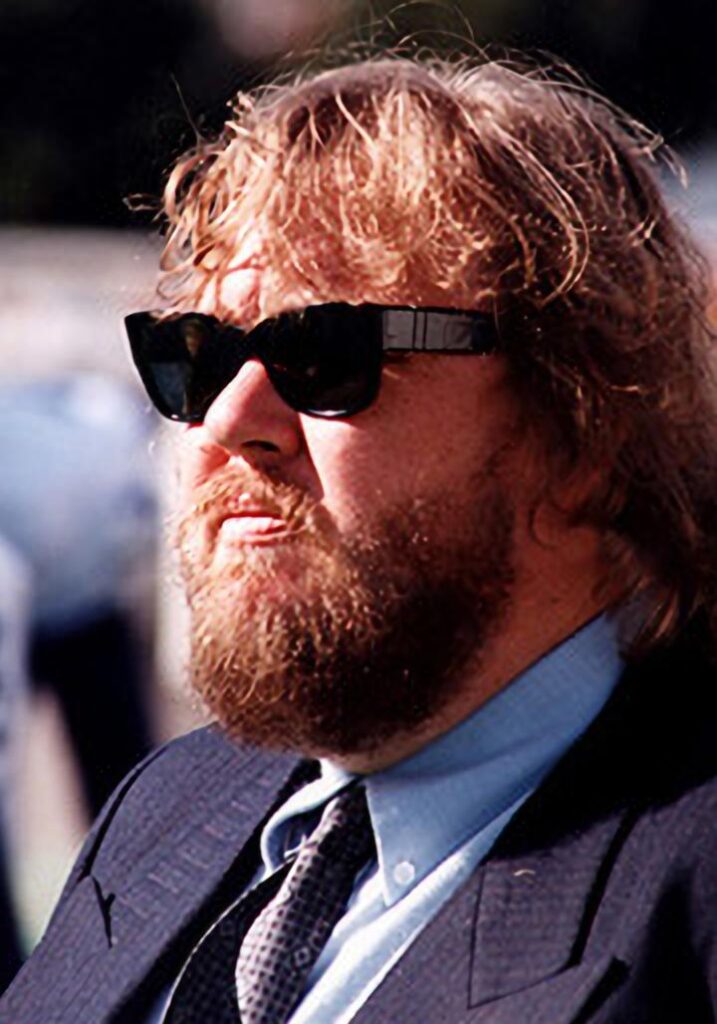
12. **John Candy’s Last Laugh**
The world collectively mourned when beloved comedian John Candy suffered a fatal heart attack in his sleep on March 4, 1994. The shock came while he was on location in Mexico, filming the Western parody *Wagons East!* At just 43 years old, Candy had completed most of his scenes as the bumbling, good-hearted wagon master James Harlow, leaving filmmakers in an unenviable position of having to complete a comedy without its central star.
To respectfully conclude the film, the production team resorted to a combination of creative solutions. They utilized a body double for distant shots, employed clever editing techniques, and made sensitive script adjustments to navigate the missing pieces of Candy’s performance. While the film was critically panned upon its August 1994 release, it nonetheless stands as his final completed work, a bittersweet last hurrah for a master of comedic timing and warmth.
However, many fans and critics often prefer to remember *Canadian Bacon* as Candy’s true, more fitting posthumous appearance. This political satire, filmed before *Wagons East!* but released in 1995, showcased his comedic brilliance in a superior vehicle. It’s a testament to his enduring talent that even after his passing, audiences were given two opportunities to experience his unique brand of humor, with one film standing out as a preferred, more polished swan song.
Read more about: Beyond the Laughs: Meet John Candy’s Incredibly Talented Actor Kids and His Artistic, Private Wife

13. **Brittany Murphy’s Delayed Farewell**
Brittany Murphy’s shocking death at the tender age of 32 in December 2009 left a palpable void in Hollywood and two unreleased films in a state of cinematic limbo. The psychological thriller *Abandoned* was the first to reach screens in 2010, featuring Murphy as a woman whose husband mysteriously vanishes during a hospital visit, a role that played on her ability to convey vulnerability and fear.
Even more unusual was the journey of *Something Wicked*, a low-budget thriller that Murphy had completed in 2009. This film, however, languished for an extraordinary period, finally seeing release in April 2014—a staggering four and a half years after Murphy’s passing. Its prolonged delay was a frustrating mix of production difficulties and daunting distribution challenges, holding her final performance captive for far too long.
Neither *Abandoned* nor *Something Wicked* managed to match the critical acclaim or cultural impact of Murphy’s best-known work in films like *Clueless* or *Girl, Interrupted*. This made her premature departure all the more poignant, as these final performances, while not her strongest, offered tantalizing hints at the career evolution and untapped dramatic potential that fans would tragically never witness fully blossom.

14. **Peter Cushing’s Digital Resurrection**
Peter Cushing, the legendary horror icon, presents a truly unique and indeed controversial case in the annals of posthumous appearances. Despite his passing in 1994, his indelible character, Grand Moff Tarkin, made a startling return to the screen in 2016’s *Rogue One: A Star Wars Story*, brought back through groundbreaking—and ethically debated—digital recreation technology.
Industrial Light & Magic, the wizards of visual effects, meticulously created a CGI version of Cushing’s distinctive face, which was then seamlessly superimposed onto the performance of actor Guy Henry, who painstakingly mimicked Cushing’s iconic mannerisms. While the technological achievement was immense, the effect wasn’t entirely perfect; a subtle, unsettling “uncanny valley” quality persisted for some viewers, despite the astonishing advancements in digital artistry.
This digital resurrection, crucially authorized by Cushing’s estate, ignited passionate ethical debates across the industry about actors’ posthumous image rights and, perhaps more profoundly, the very future of performance itself. Unlike traditional posthumous releases, which present existing, albeit unreleased, work, this represented something entirely new and unprecedented: the creation of a performance that never physically existed, raising questions about authenticity and artistic control that continue to echo throughout cinema today.
Some actors leave the screen with a quiet fade, while others exit with a performance that echoes through time. These final roles often feel like a parting gift, a cherished last chance to see their talent shine one more time. From bittersweet comedies that make you smile through tears to groundbreaking digital resurrections that challenge our very definitions of performance, these cinematic swan songs are a profound reminder of the enduring power of storytelling and the indelible mark left by those who bring it to life, long after their final curtain call. The legacies of these extraordinary individuals continue to captivate, challenge, and redefine their artistic impact, reminding us that truly iconic performances transcend even mortality itself.



